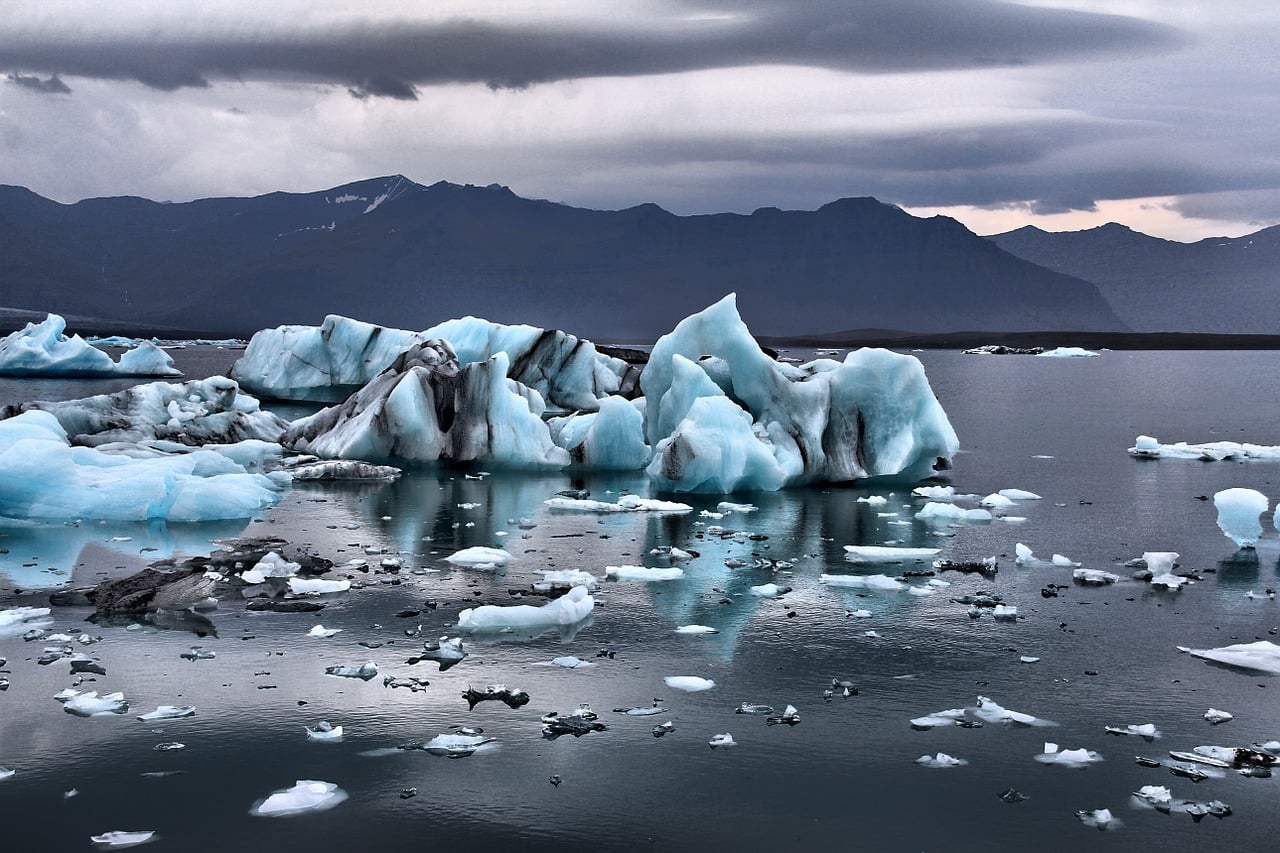Rutgers, University of Oregon researchers use a new approach to directly measure submarine melt, which could enhance projections of sea level changes
New Brunswick, N.J. (July 25, 2019) – Underwater melting of tidewater glaciers is occurring much faster than previously thought, according to a new study by researchers at Rutgers and the University of Oregon.
Q2 hedge fund letters, conference, scoops etc
The findings, which could lead to improved forecasting of climate-driven sea level rise, are based on a new method developed by the researchers that for the first time directly measures the submarine melting of tidewater glaciers.
The study appears in the July 26 issue of the journal Science.
“Tidewater glaciers around the globe -- in Greenland, Alaska, Antarctica and beyond -- are retreating and raising sea levels globally,” said study co-author Rebecca Jackson, an oceanographer at Rutgers University-New Brunswick. “Submarine melting has been implicated as a trigger for this glacier retreat, but we have had no direct measurements of melting, let alone how it might vary in time. In our study, we show that the prevailing theory for melt significantly underestimates melt rates. These results suggest a stronger coupling between the ocean and glacier than previously expected, and our work provides a path forward to improving our understanding of how the ocean impacts glaciers.”
In the National Science Foundation-funded project, the scientists studied the underwater melting of the LeConte Glacier, a tidewater glacier in Alaska, from 2016-2018. Most research on the underwater melting of glaciers around the world has relied on theoretical modeling, measuring conditions near the glaciers and then applying theory to predict melt rates, but this theory had never been directly tested, said lead author Dave Sutherland, a professor in the UO’s Department of Earth Sciences.
The team of oceanographers and glaciologists used sonar to scan the glacier’s underwater face; downstream measurements of currents, temperature and salinity to estimate the meltwater flow; radar to measure the glacier’s speed above water; time-lapse photography to detect iceberg calving; and weather station data to measure the surface melt from the glacier. They then looked for changes in melt patterns between the August and May measurements.
“We found that melt rates are significantly higher than expected across the whole underwater face of the glacier -- in some places 100 times higher than theory would predict,” Jackson said. “We also find, as expected but never shown, that melt rates are higher in summer than in spring, and that variations in melt rates across the terminus cause overcutting and undercutting.”
While the study focused on one tidewater glacier, the new approach should be useful to researchers who study melting at other tidewater glaciers around the world, which would help to improve projections of global sea level rise.
“The fact that we show the existing theory it is wildly inaccurate at one glacier – the only glacier where we can make a robust comparison between theory and observations – should lead us to be very skeptical of its current use in studying any tidewater glacier,” Jackson added. “Our results also align with several recent studies of other glaciers that have indirectly suggested that theory under-predicts melting. Our observations prove this in a robust way and contribute to a growing body of research that suggests that we need to revisit our basic assumptions about what controls underwater melting at glaciers around the world.”
Sutherland said: “Future sea level rise is primarily determined by how much ice is stored in these ice sheets. We are focusing on the ocean-ice interfaces because that’s where the extra melt and ice is coming from that controls how fast ice is lost. To improve the modeling, we have to know more about where melting occurs and the feedbacks involved.”
Broadcast interviews: Rutgers University has broadcast-quality TV and radio studios available for remote live or taped interviews with Rutgers experts. For more information, contact Neal Buccino at [email protected]
ABOUT RUTGERS-NEW BRUNSWICK
Rutgers University–New Brunswick is where Rutgers, the State University of New Jersey, began more than 250 years ago. Ranked among the world’s top 60 universities, Rutgers’s flagship is a leading public research institution and a member of the prestigious Association of American Universities. It has an internationally acclaimed faculty, 12 degree-granting schools and the Big Ten Conference’s most diverse student body.






